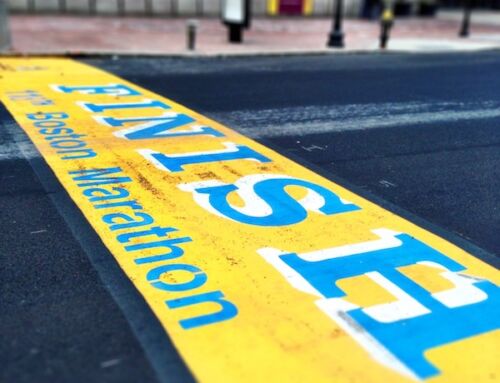After a long pause, things are about to get moving at Washington Village. This large scale development includes seven buildings – including 750 units, retail space and green space along Old Colony Ave. and Damrell Street. A groundbreaking ceremony took place on Monday complete with Revolutionary War re-enactors and the shooting of cannons!
Many CIS readers reached out to ask, “why cannons?” Well, the name Washington Village has historic significance and is an accurate name for this neck of the woods. So cannons are a perfect way to celebrate.
Gather around for a little Southie history lesson:
Washington Village’s history is intricately entwined with Boston’s own. The Native Americans called it Mattapannuck. The area was a stretch of land, at the base of Dorchester Neck, now known as South Boston. In Colonial times, the land was used as an orchard and a pasture, and there was a large stretch of meadow, all close to the harbor and the abundant seafood that the Atlantic provided.
It was once called Little Neck. In 1850, 74 years after George Washington’s troops won a key battle up the street on Dorchester Heights, forcing the British troops to evacuate the harbor on March 17, 1776, a new name emerged, in honor of the Commander-in-Chief of the Continental Army: Washington Village. The residents of Little Neck asked the City of Boston to annex their community (which it did in 1855) and name it after the first President of the United States.
The Washington Village name faded after the area become more industrial. In the mid-19th century, the site was evolving into less of a place where people lived and more of an industrial center where cannons were forged, glass was blown, wood was turned, and cows were milked in greater numbers.
The name of the area later shifted to honor John Andrew, the governor of Massachusetts during the Civil War and whose name is on the nearby Red Line stop, which was completed in 1918. Since that time, the site has been home to a Westinghouse engine factory, Crown Uniform & Linen Service, Adams Transmission, and Winthrop Press. Railroad tracks once regularly brought trains in and out of the site to service these industries daily, remnants of which you can still see on the site today, which now sits vacant.
Special thank you to Tina Cassidy who shared this little history lesson with us! If you would like to learn more about the Washington Village Project visit here!
Maureen Dahill is the editor of Caught in Southie and a lifelong resident of South Boston sometimes mistaken for a yuppie. Co-host of Caught Up, storyteller, lover of red wine and binge watching TV series. Mrs. Peter G. Follow her @MaureenCaught.






I remember the BPL Washington Village branch in the basement of the OCP building connecting Pilsudski and Patterson Ways facing Preble Circle.
Me too Jerry, I remember it well and spent many years there as a child reading and reading to my heart’s content. I loved it – it was a safe and quiet place to go – a world apart. Still love libraries and book stores, indie books stores especially.